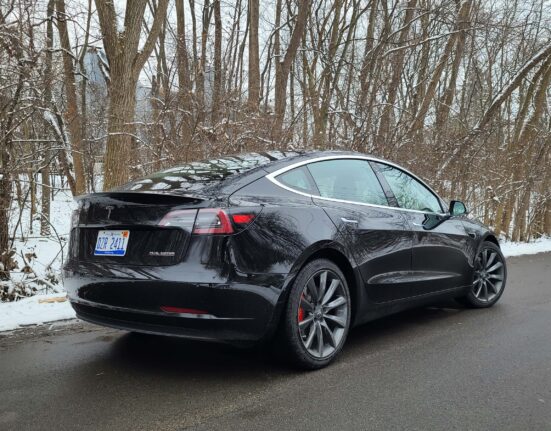In the world of smartphones, the Samsung Galaxy Z Fold 7 has made a grand entrance. Described as “the nearly perfect foldable phone,” this latest addition to the foldable device family is turning heads with its larger displays, enhanced software, improved camera capabilities, and a powerful chipset – all packaged in a sleeker design that competes with other top models like the Oppo Find N5. However, there’s one catch – its hefty price tag. Starting at $1,999 / £1,899 / AU$2,899, the Galaxy Z Fold 7 sets a new standard for smartphone costs.
Unveiling Innovation
Tech enthusiasts may find themselves hesitating at the thought of shelling out close to $2,000 for a smartphone. The previous iteration, Galaxy Z Fold 6, already pushed boundaries with its price tag surpassing rival models like the Google Pixel 9 Pro Fold. Yet despite these seemingly exorbitant costs, there is more than meets the eye when it comes to high-priced tech gadgets.
The iPhone X Effect
Reflecting on past trends in smartphone pricing sheds light on an interesting phenomenon. Consider the launch of Apple’s iPhone X in 2017 – it marked a significant shift towards pricier but more advanced devices. While some may have balked at the idea of spending over a thousand dollars on a phone initially, it paved the way for manufacturers to invest in cutting-edge features and technologies.
The Rise of Premium Devices
As flagship phone prices soared beyond $1,000 post-iPhone X era, consumers witnessed an evolution in smartphone capabilities. Today’s leading models boast expansive displays, multiple high-quality cameras, and processing power that rivals computers. The influx of resources from higher pricing tiers enabled companies to explore new frontiers in smartphone innovation.
A Balancing Act
Despite concerns about escalating costs squeezing consumers’ wallets dry, there’s a silver lining to this trend. By pushing boundaries with premium offerings at elevated price points, manufacturers create room for competitive mid-range devices to flourish. Smartphones like OnePlus 13R and Samsung Galaxy S24 FE now deliver near-flagship experiences at more accessible prices thanks to this dynamic market landscape.
Folding into Tomorrow
Folding phones represent an exciting frontier in mobile technology; however, they are still navigating their way into mainstream adoption due to challenges related to durability and functionality compared to traditional smartphones. The surge in folding phone prices might seem daunting initially but could potentially fuel advancements in ergonomics and camera quality as manufacturers reinvest revenues into R&D efforts.
Looking Ahead
The introduction of moderately-priced folding phones such as the Samsung Galaxy Z Flip 7 FE hints at evolving consumer preferences towards diverse options across price ranges. Just as premium flagships once redefined expectations around smartphone pricing ceilings leading to robust mid-range offerings today; future innovations could see folding phones catering to broader audiences without compromising on performance or affordability.
In conclusion:
While sticker shock may accompany new high-end releases like the Samsung Galaxy Z Fold 7 hitting above $2k mark,
industry shifts suggest potential benefits for both cutting-edge technology advancements
and democratizing access through competitive mid-tier alternatives.
So next time you cringe at that eye-watering price tag,
remember – it might just be setting stage for tomorrow’s tech wonders!









Leave feedback about this